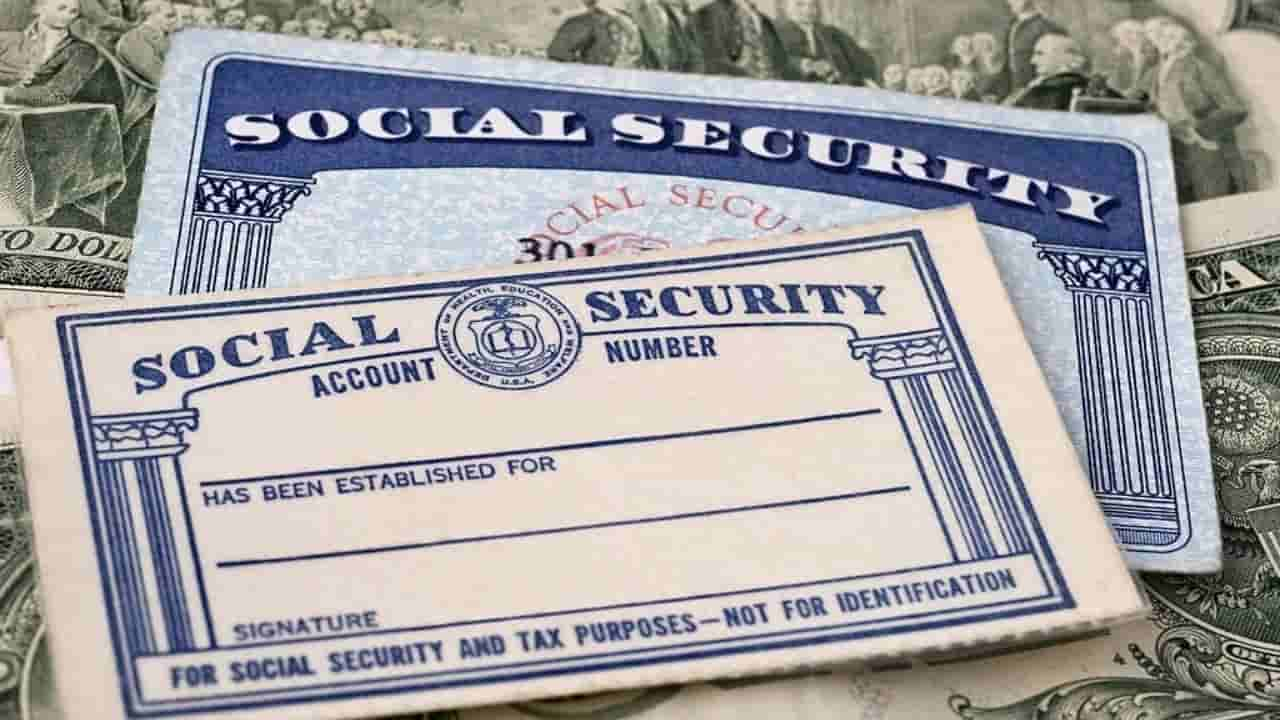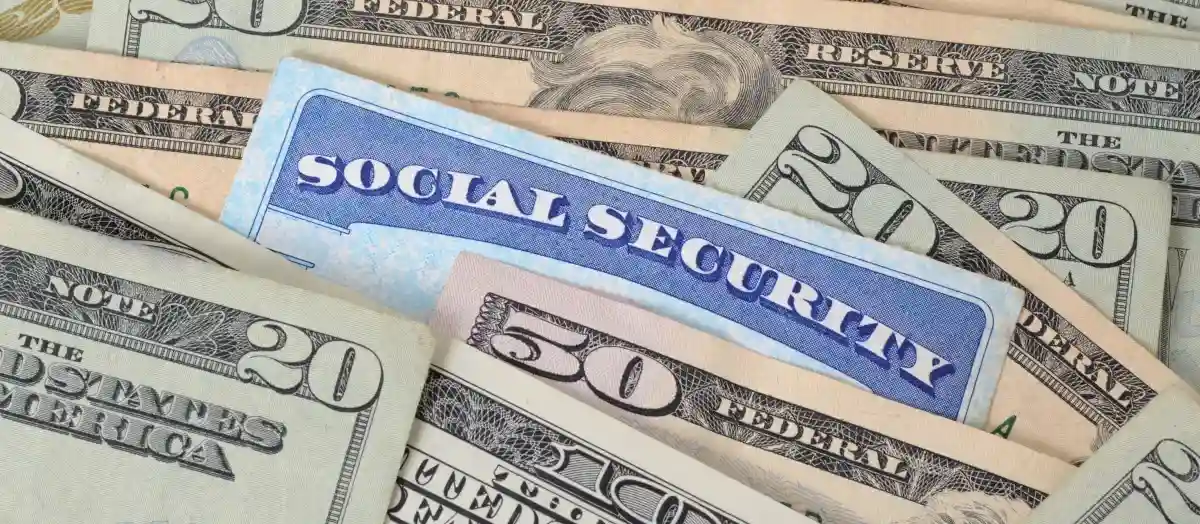Seniors and other people who get Social Security will get a bigger monthly payment starting next month. This is because of an 8.7% annual cost-of-living adjustment that is meant to help them deal with high inflation.

Since it was first used in 1936, the Social Security Number has become much more important. (Photo: https://www.deskera.com/)
The increase, which is the biggest in more than 40 years, will raise monthly payments for retirees by more than $140, bringing the average amount they will get in 2023 to an estimated $1,827.
Due to the fact that the adjustment is based on an inflation index from August through October, which was also at 40-year highs, it is the highest that the majority of current beneficiaries have ever experienced. Since then, inflation has slowed down a bit, but prices are still high.
Mary Johnson, a Social Security and Medicare policy analyst at The Senior Citizens League, an advocacy group, said, “I’m sure everyone is waiting with bated breath because prices are still high.” “It will be very hard to just buy enough food to feed everyone during the holidays.”
The increase will help about 70 million people. It comes after a 5.9% chance for 2022.
Importance of Social Security for Senior Citizens
Social Security is very important to a lot of older people. The Social Security Administration says that about 42% of older women and 37% of older men depend on their monthly payments for at least half of their income.
When the bigger payment comes depends on how old the person is and when they were born. People who got Social Security before May 1997 get their monthly payment on the third of each month. For recent retirees, those born between the 1st and 10th of the month get their money on the second Wednesday. Those born between the 11th and 20th and the 21st and 31st of the month get their money on the third and fourth Wednesdays, respectively.
Still getting behind
Even though recipients got a big increase this year, inflation took a lot of it away. Johnson said that the increase was less than inflation by an average of $42, or 46%, every month, or about $508 for the year.
Many retirees have had to use their savings or get help from the government. Recent surveys by The Senior Citizens League show that one-third of seniors signed up for food stamps or went to a food pantry in the past year.
This is up from 22% in 2020. Also, 17% have asked for help with heating costs, while only 10% will do so in 2020. This isn’t something new. Even though benefits are changed every year, they haven’t kept up with the rising cost of living for years.
A study released earlier this year by the league, inflation has made Social Security payments 40% less valuable since 2000. To keep the same level of buying power as in 2000, benefits would have to go up by $540 each month.
The cost of Medicare will go down.
The Centers for Medicare and Medicaid Services said in the fall that Medicare Part B premiums for seniors will go down in 2023. This will be the first time in more than a decade that the bill will be less than the year before. Since Medicare began in 1965, this is only the fourth time that premiums have gone down.
In 2023, the monthly premiums will be $164.90, which is $5.20 less than in 2022.
The premiums went up a lot in 2022, making the average monthly payment go from $148.50 in 2021 to $170.10 in 2022. This is why the premiums are going down.
A big reason for the increase in 2022 was that spending was expected to go up because of Aduhelm, an expensive new drug for Alzheimer’s disease. But since then, the company that makes Aduhelm has cut the price, and the Centers for Medicare and Medicaid Services have cut back on how much the drug is covered.
In addition, pending on other Part B items and services was less than expected, which led to much bigger reserves in the Part B trust fund and made it possible for the agency to limit future premium hikes.

To get a new Social Security card, you’ll need to apply in person and bring proof. (IMAGE SOURCE: GETTY IMAGES)
The drawbacks of a substantial rise
Johnson said that the big change that happens every year could hurt some seniors.
For example, the increase in income could put them over the limit for some government benefits, like Medicare Extra Help, Medicaid, food stamps, and rent help, meaning they could get less or no help. Due to Medicare Part B premiums are based on income, they might have to pay more.
If their income goes over a certain level, they might have to pay taxes on their Social Security benefits or have to pay more taxes.
The increase could make it harder for Social Security to pay its bills. According to the most recent Social Security trustees’ report, the combined trust funds that pay benefits to retirees, survivors, and the disabled will run out of money by 2035 and only be able to pay out about three-quarters of what is promised if Congress doesn’t fix the program’s long-term funding shortfall.
Read More:
How Much Does Social Security Pay on Average at 65?
Social Security Benefits Will Increase By $140 Per Month Beginning In January
8.7% Social Security COLA Increase In 2023: Is Everyone Eligible?

